
Nature Methods
@naturemethods
Nature Methods publishes cutting-edge methods, tools, analyses, resources, reviews, news and commentary, supporting life sciences research. Tweets by editors.
The wait is over!! We are thrilled to announce that we have chosen Spatial Proteomics as 2024’s Method of the Year! 🥳 For more on Spatial Proteomics and a road map to this special issue, please see this month’s Editorial or read on in this thread. nature.com/articles/s4159…

hCRAFi-CCR2 is a genetically encoded sensor that detects chemokine binding to the CCR2 receptor, demonstrated in cell culture and in mice. @PiatkevichL nature.com/articles/s4159…
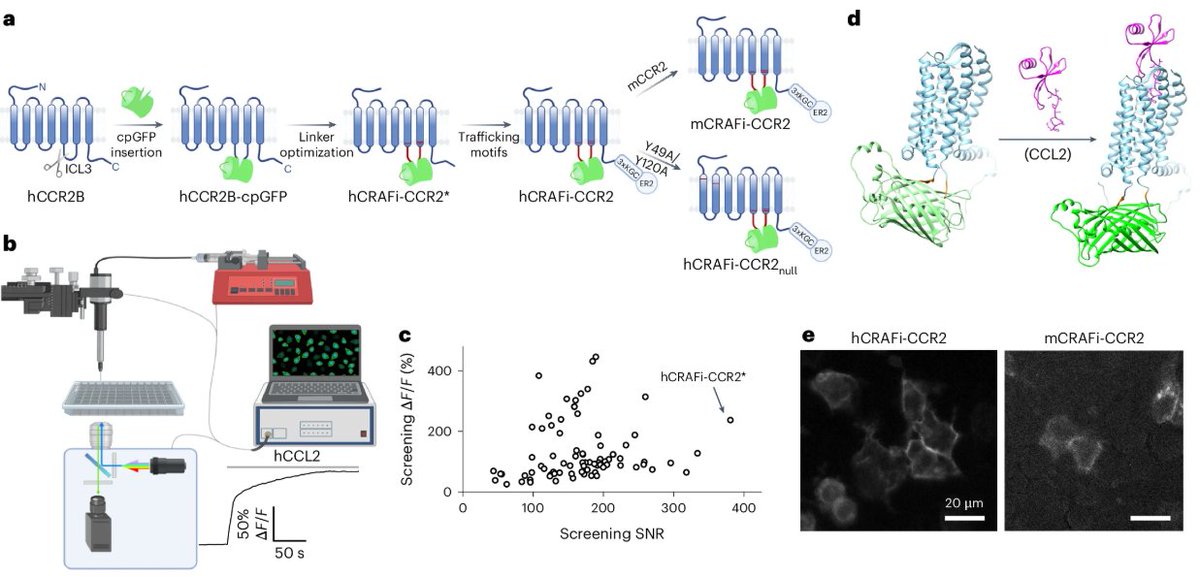
Nature Methods is hiring! We are seeking a new editor with expertise in microscopy, imaging technology, and/or cell biology. The position is available in NYC/Jersey City or Shanghai/Beijing on a hybrid working model. Apply by August 3! springernature.wd3.myworkdayjobs.com/SpringerNature…
Roll-to-roll fluidics enhances reagent efficiency and reduces turnaround time in next-generation DNA sequencing, while maintaining high precision and sensitivity. nature.com/articles/s4159…
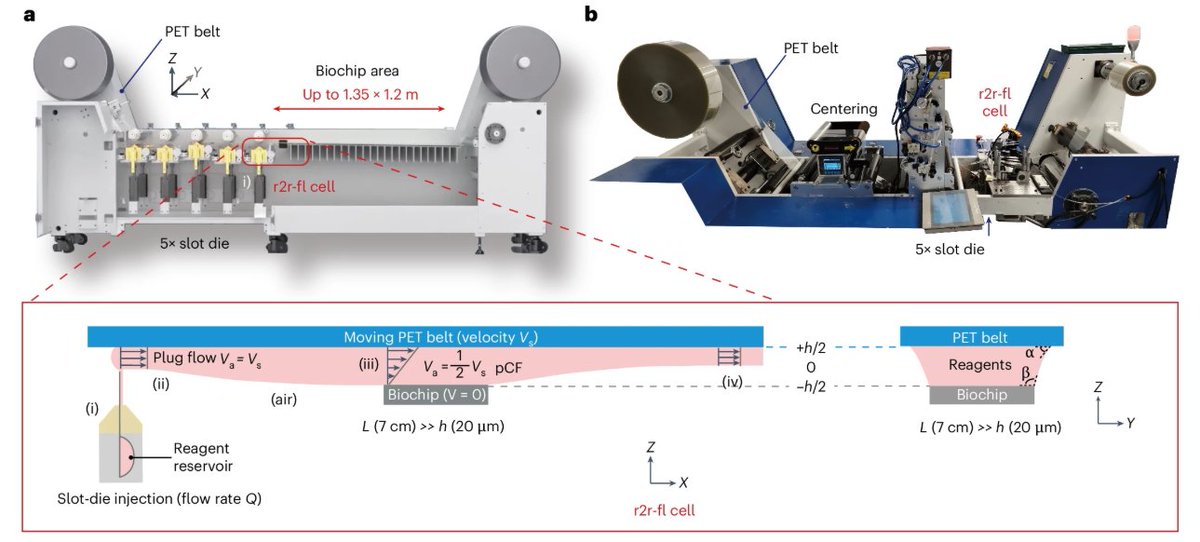
As life sciences research becomes enmeshed in the age of AI, real experimental data are more valuable than ever. Read more in this month's Editorial. nature.com/articles/s4159…
A new Registered Report presents a comprehensive benchmarking analysis of single-cell multi-modal data integration methods. @adamtongji @SScottWang nature.com/articles/s4159…
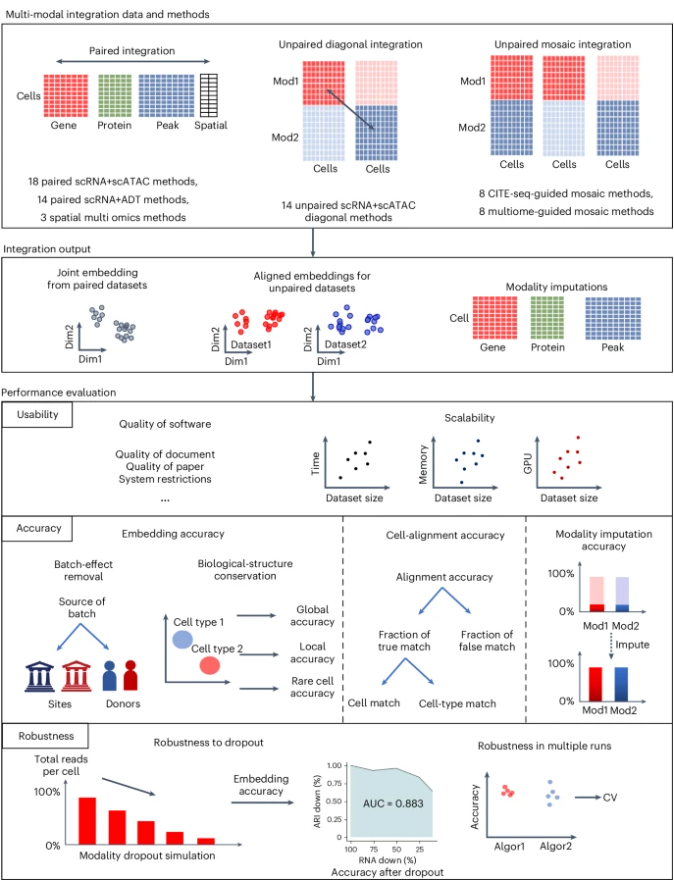
Our July issue is live! nature.com/nmeth/volumes/… On the cover, a method for predicting water molecules that are more or less displaceable by temperature or ligands provides a roadmap for ligand discovery. Art by Madison Rice @StJudeResearch Paper here: nature.com/articles/s4159…
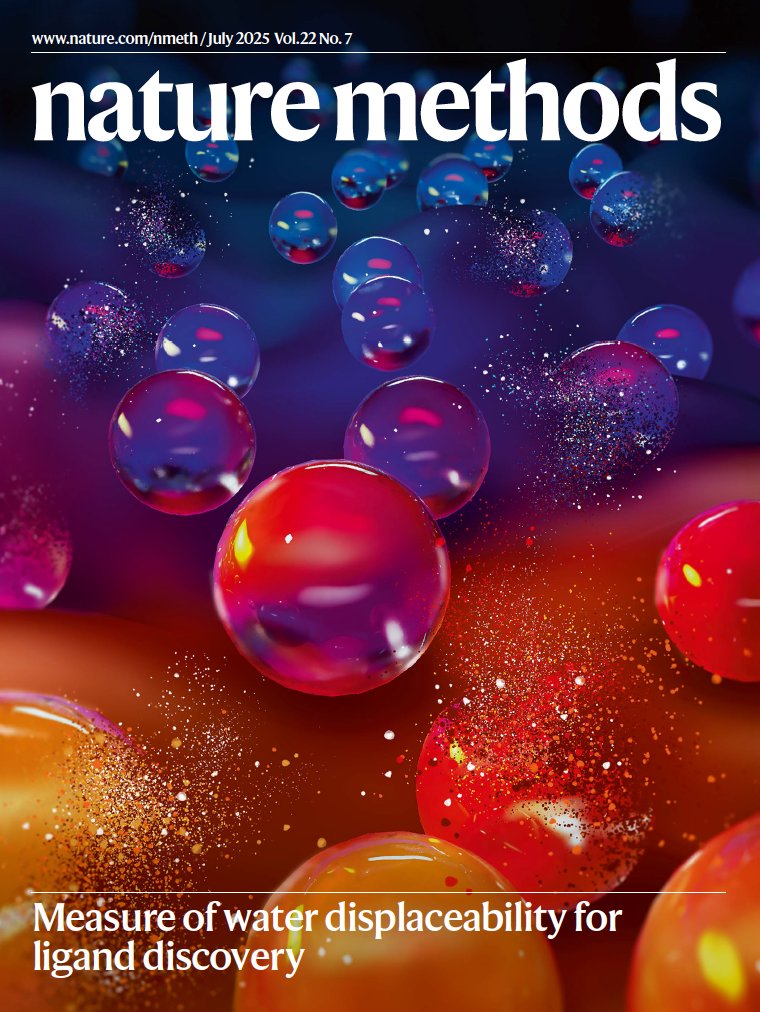
Nature Methods is hiring! We are seeking a new editor with expertise in microscopy, imaging technology, and/or cell biology. The position is available in NYC/Jersey City or Shanghai/Beijing on a hybrid working model. Apply by August 3! springernature.wd3.myworkdayjobs.com/SpringerNature…
Really excited to share this Perspective from John Danial covering how technology is moving the field of fluorescence microscopy toward structural biology. nature.com/articles/s4159…
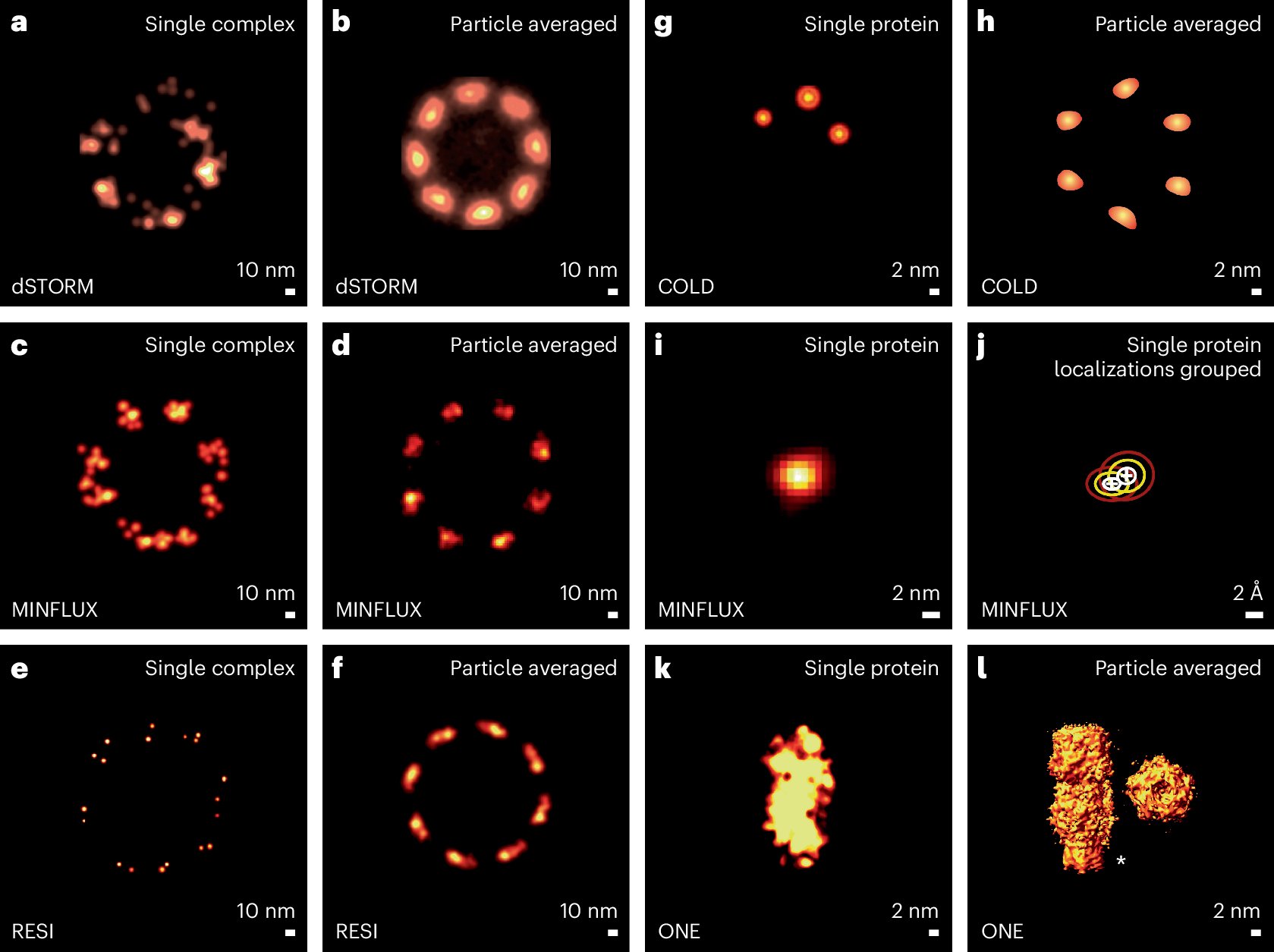
Introducing ColdBrew - a machine learning-based method to predict the likelihood that water molecules seen in cryogenic crystal structures also appear at room temperature. This approach can help guide ligand discovery. nature.com/articles/s4159…
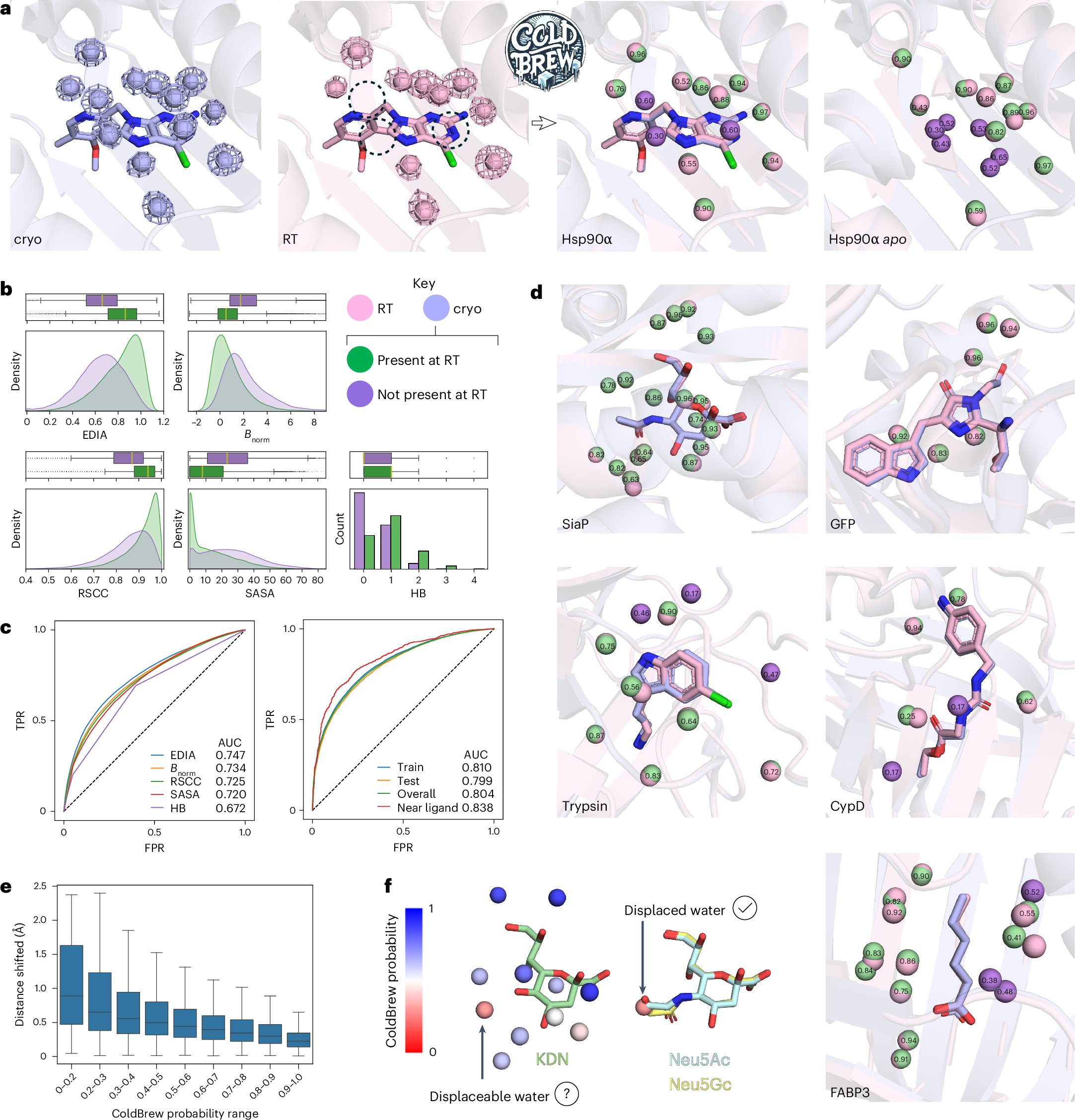
BEAST X advances Bayesian phylogenetic, phylogeographic and phylodynamic analysis by incorporating a broad range of complex models and leveraging advanced algorithms and techniques to boost statistical inference. nature.com/articles/s4159…

Cascadia from the Noble lab is a mass spec-based de novo sequencing model that uses a transformer architecture to handle data-independent acquisition data to achieve improved performance across a range of instruments and experimental protocols. nature.com/articles/s4159…

Genome-Wide (GW): an interactive browser for ultrafast chromosome-scale genomics data visualization. nature.com/articles/s4159…

CryoDRGN-AI: a deep learning-based ab initio reconstruction method for dynamic biomolecular complexes from cryo-ET and cryo-EM data. nature.com/articles/s4159…

Very happy to share the Comment on Bioimaging Brasil from Heitor Paula-Neto, Gustavo Menezes, and colleagues describing their efforts disseminating in vivo imaging across Brazil. nature.com/articles/s4159…
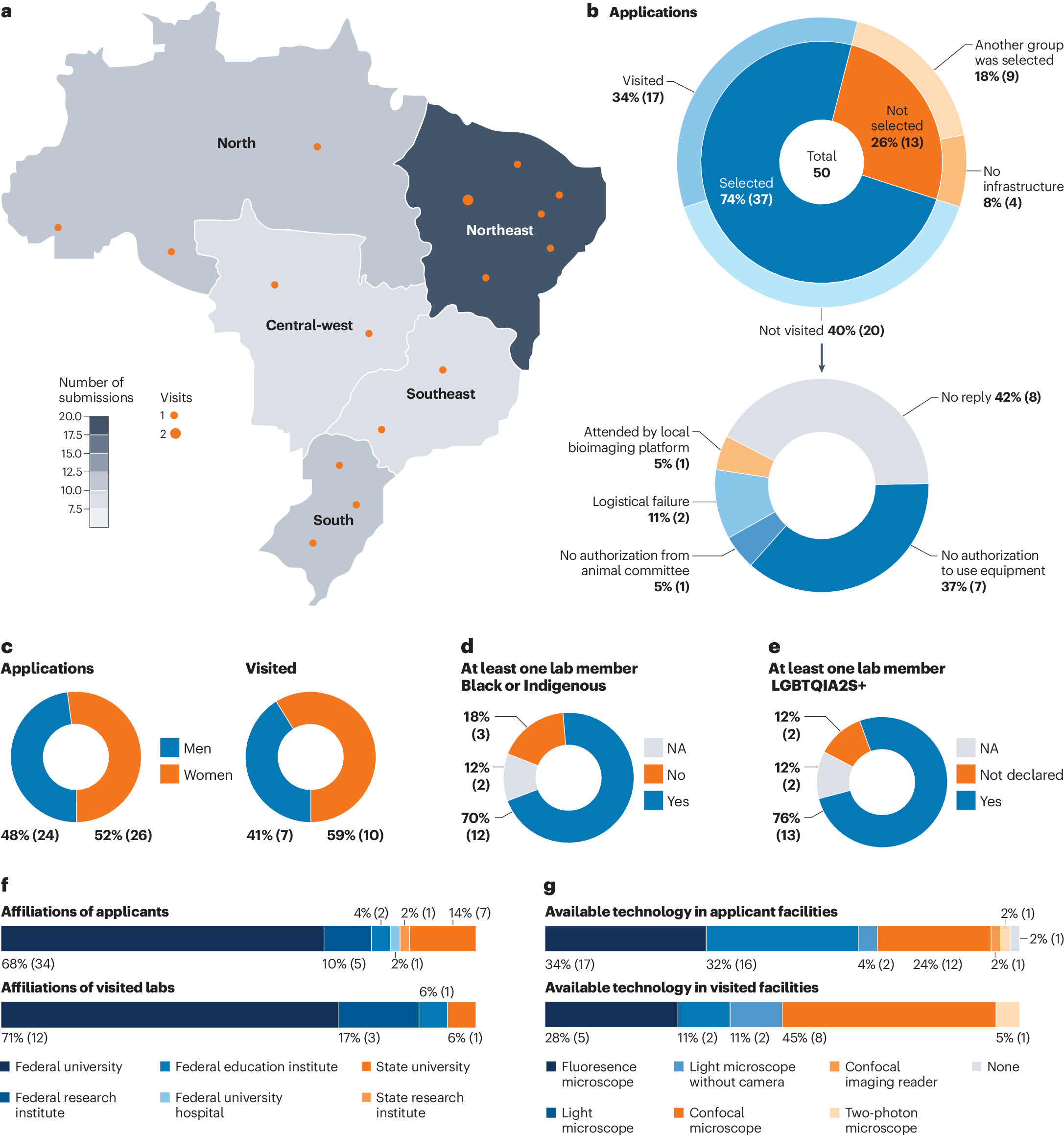
For a quick summary, read the Research Briefing here! nature.com/articles/s4159…
Introducing CondenSeq, an imaging-based high-throughput approach for characterizing protein condensates within the nuclear environment. @KalliKappel nature.com/articles/s4159…
Assessing error control is fundamental in mass spectrometry-based proteomics. Authors introduce a theoretical foundation for entrapment experiments along with a method for more accurate evaluation of FDR control. nature.com/articles/s4159…
